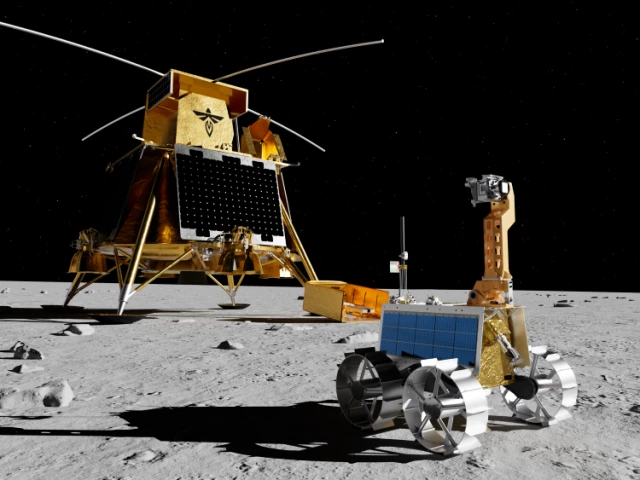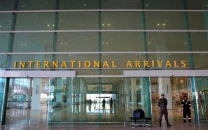UAE partners with US firm for second moon rover mission in 2026
Rashid 2 follows UAE’s failed 2022 lunar attempt, aiming for scientific exploration of the Moon’s far side

The United Arab Emirates (UAE) has announced its second mission to the Moon’s surface, set for 2026, marking another bold step in the country’s expanding space ambitions.
Sheikh Hamdan bin Mohammed bin Rashid Al Maktoum, Crown Prince of Dubai, Deputy Prime Minister, Minister of Defence, and President of the Mohammed Bin Rashid Space Centre (MBRSC), revealed on Thursday that the UAE had signed a strategic agreement with US-based Firefly Aerospace. The deal will see the Rashid 2 Rover delivered to the Moon’s far side on Firefly’s Blue Ghost lander, stacked on the Elytra Dark orbital vehicle.
“I witnessed the signing of a strategic agreement between MBRSC and Firefly Aerospace to provide payload delivery services for the Rashid 2 Rover,” Sheikh Hamdan posted on X. “This mission will make the UAE only the second country in history to attempt a landing on the Moon’s far side, placing the nation at the forefront of space exploration.”
The Rashid 2 Rover mission follows the UAE’s first lunar attempt, Rashid Rover 1, which crash-landed in 2022 after a Japanese lander failed to achieve a soft landing. Unlike its predecessor, Rashid 2 will focus on scientific exploration in a challenging environment where communication and terrain pose greater obstacles.
The rover will carry multiple cameras and scientific instruments to study the Moon’s plasma environment, geology, thermal conditions, and soil properties. It will test material adhesion on its wheels to evaluate durability against lunar dust—a key challenge for future lunar technology such as spacesuits and habitats.
The mission is part of Firefly Aerospace’s Blue Ghost Mission 2, which will also carry payloads from Australia, the European Space Agency (ESA), and NASA.
Salem Humaid AlMarri, Director General of MBRSC, described the mission as “a significant advancement in the UAE’s role in shaping the future of lunar exploration.” He added that the project would deliver valuable scientific data, supporting the development of future lunar infrastructure and contributing to humanity’s presence in space.
The UAE’s space ambitions are supported by the country’s leadership, including President Sheikh Mohamed bin Zayed Al Nahyan and Vice President Sheikh Mohammed bin Rashid Al Maktoum. Sheikh Hamdan emphasised the importance of the UAE’s youth in driving the nation’s progress both on Earth and beyond.
“Our objective is not only to reach new destinations in space but to generate meaningful knowledge that contributes to humanity’s understanding of the universe,” he said. “The agreement with Firefly Aerospace reflects our strategy of forging strategic global collaborations that advance our long-term scientific and space technology ambitions.”
The Emirates Lunar Mission forms a key part of the UAE’s National Space Programme, which prioritises scientific advancement, youth empowerment, and international cooperation to establish the country as a major player in global space exploration.
The Rashid 2 mission, scheduled for 2026, will help position the UAE at the forefront of lunar exploration, focusing on the Moon’s less-explored far side and fostering international scientific collaboration.


















COMMENTS
Comments are moderated and generally will be posted if they are on-topic and not abusive.
For more information, please see our Comments FAQ